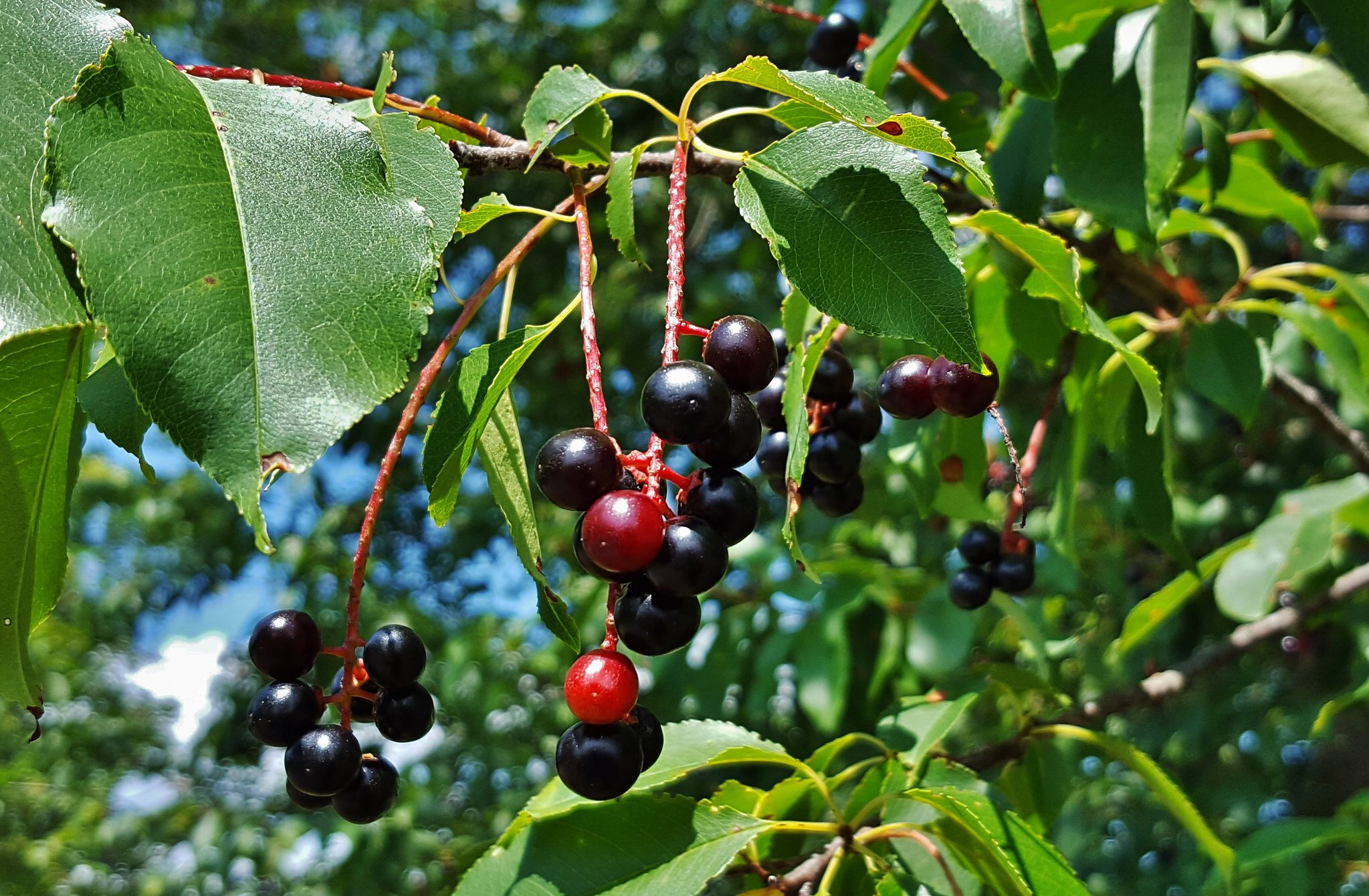Star-nosed mole
(𝑪𝒐𝒏𝒅𝒚𝒍𝒖𝒓𝒂 𝒄𝒓𝒊𝒔𝒕𝒂𝒕𝒂)
Status: Least Concern (Population stable)
Photo Credit: gordonramsaysubmissions/Flickr
Facts: The star-nosed mole can be found as far north as Quebec and Newfoundland, West to North Dakota and south to Virginia. However, these creatures might be hard to spot. They spend a majority of their lives in tunnels underneath many different ecosystems, including forests, wetlands, marshes, and peatlands. This extensive network can extend 270 m or almost 866 ft! However, while many moles stay within their tunnels, the Star-Nosed Mole can swim, and often their tunnels lead out into a river bed or stream where they can easily enter the water to forage for food.
Fun Fact: Ever wonder what a mole’s nose is used for? The hairless nose is made up of 22 pink tentacles that are used keep the dirt out of their eyes while tunneling as well as feeling their surroundings during foraging. While foraging, the tentacles move so fast that they touch 12 items per second!
Source: https://animaldiversity.org/accounts/Condylura_cristata/#16c8232cbbc6789ac9316321a6eaf3a9







